Natural America: 5 Iconic U.S. Locales

Intro
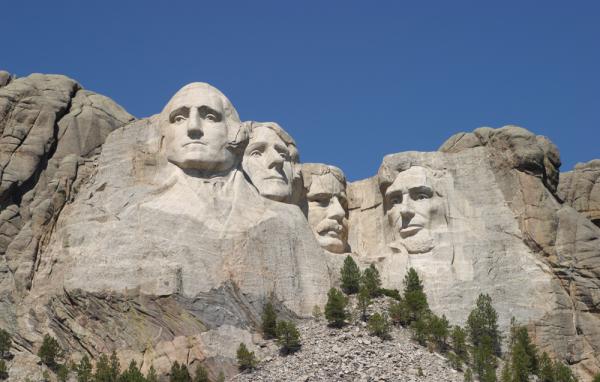
On this Fourth of July, as we celebrate the birth of the United States of America, symbols of the USA will abound, from American flags, to eagles to those foam crowns like the Statue of Liberty's.
But of course these aren't the only icons of America from sea to shining sea, the country possesses plenty of natural wonders that are synonymous with good ol' US of A. Here, we take a look at some of America's natural icons (with the occasional shaping of the country's citizens).
Old Faithful Yellowstone National Park
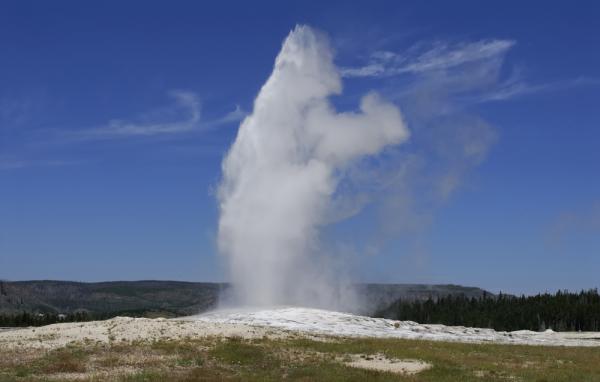
Yellowstone National Park, the world's first national park, is home to the most diverse and intact group of geysers, hot springs, mudpots, and fumaroles relics of the area's volcanic past .
Yellowstone's most famous geyser, and a hugely popular U.S. tourist attraction, is Old Faithful. This cone geyser can shoot up to 8,400 gallons (32,000 liters) of piping hot water up to 185 feet (56 meters) into the air. The water works can last up to 5 minutes long. Eruptions are currently about 90 minutes apart.
Grand Canyon
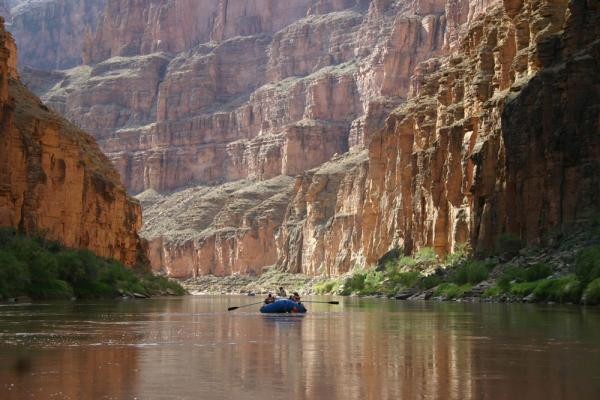
Perhaps America's best known natural feature is the Grand Canyon, a huge gash in the Arizona landscape carved out over eons by the Colorado River.
Each year, more than 4 million visitors flock to Grand Canyon National Park, which encompasses nearly 2,000 square miles (5,000 sq km) on the Colorado Plateau in northwestern Arizona. The canyon is a geologic record of three of the four eras of geologic time, contains a rich fossil record, diverse geologic features and numerous caves.
[Top 10 Most Visited National Parks]
Get the world’s most fascinating discoveries delivered straight to your inbox.
The Grand Canyon averages a depth of 4,000 feet (1,200 meters) for its entire 277-mile (445-km) span. At its deepest point the canyon drops 6,000 feet (1,800 meters), and is over 15 miles (24 km) wide at its widest point.
Mount Rushmore

Four of the United States' most legendary presidents George Washington, Thomas Jefferson, Theodore Roosevelt and Abraham Lincoln are carved into the side of this mountain in the Black Hills of South Dakota.
The carving of the mountain began in 1927 and took 400 men until 1941 to finish the job. Most of the carving involved blasting the granite rock with dynamite, according to the National Park Service (NPS).
Geologists estimate that the granite at Mount Rushmore National Memorial will erode only 1 inch every 10,000 years, the NPS site notes.
Redwood Forests
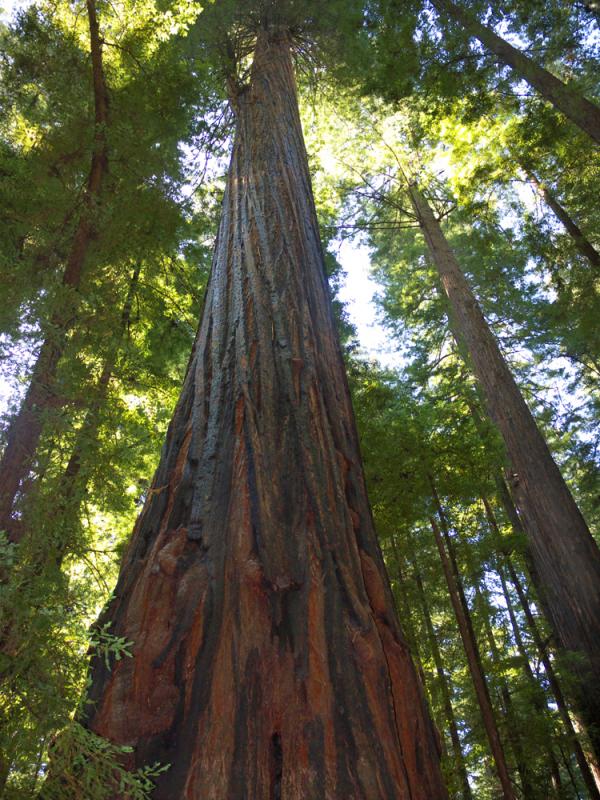
They've been immortalized in song and continue to wow visitors with their immense size one of the many "big" things that impressed early settlers about America, along with its wide open expanses and tall western mountains.
Redwoods are the tallest trees in the world an old-growth redwood can be over 200 feet (60 meters) tall and up to 16-20 feet (5-6 m) in diameter. On average, these massive trees live between 500 and 700 years, though some live up to 2,000 years.
[Related: 8 Amazing National Park Structures ]
Mississippi River
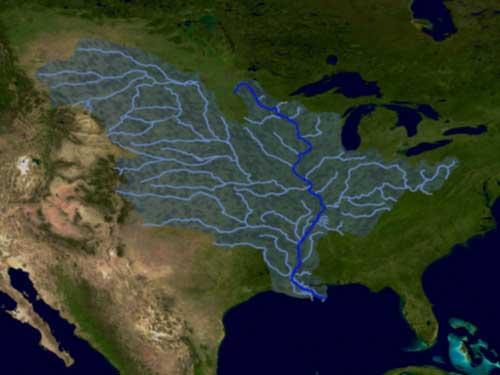
The largest river in North America and one of the longest rivers in the world, the Mississippi River rises at Lake Itasca in Minnesota and flows south, meeting its major tributaries, the Missouri and the Ohio Rivers, on its way to southeast Louisiana, where it enters the Gulf of Mexico.
The Mississippi River got its name from the Native American Chippewa tribe's words "mici zibi," meaning "great river." Hernando de Soto, a conquistador, or Spanish explorer, was the first European to discover the river in 1541 during an expedition in search of gold.



